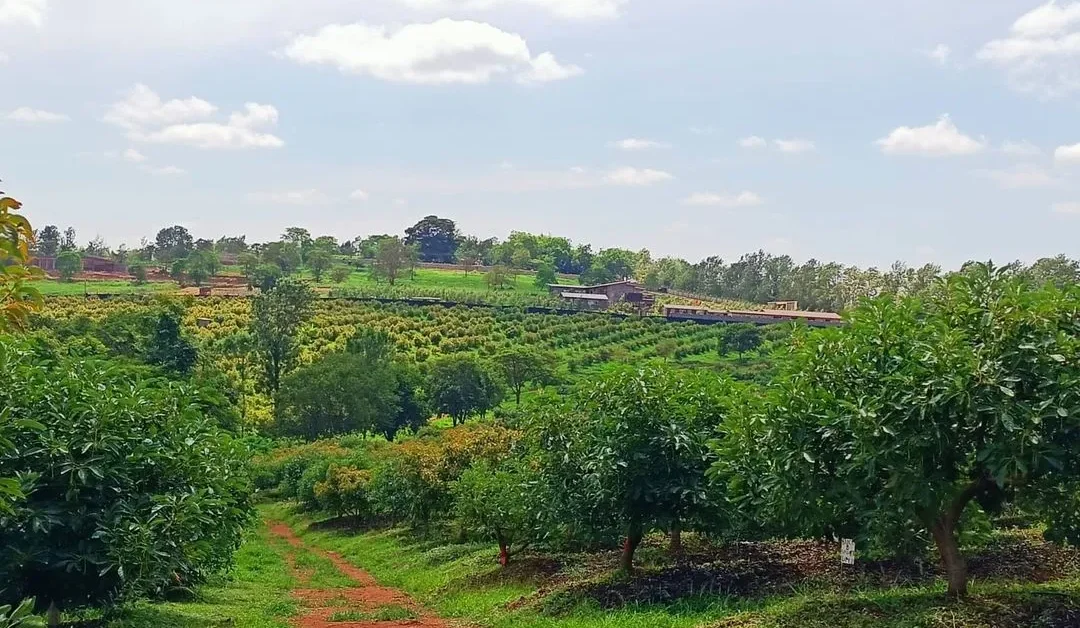
Avocado Farming
Avocado farming involves the cultivation and nurturing of avocado trees to produce the creamy, nutrient-rich fruit highly prized for its taste and health benefits. Here’s an overview of the process:
Overview
- Site Selection: Avocado trees thrive in subtropical to tropical climates with well-draining soil and protection from frost and strong winds. Selecting suitable land is crucial for successful cultivation.
- Variety Selection: Choosing avocado varieties suited to the climate and market preferences is essential. Common varieties include Hass, Fuerte, and Bacon, each with unique flavors and characteristics.
- Planting: Avocado trees are typically propagated from grafted seedlings to ensure desirable traits. They are planted during favorable seasons, allowing ample space between trees for growth and proper root development.
- Care and Maintenance: Regular irrigation, fertilization, and pruning are necessary for healthy tree growth, flowering, and fruit production. Mulching helps retain soil moisture and suppresses weed growth around the trees.
- Pest and Disease Management: Monitoring for pests like avocado lace bugs and diseases such as root rot is crucial. Integrated pest management techniques and disease-resistant varieties are employed to mitigate these issues.
- Flowering and Fruit Development: Avocado trees flower in spring and produce fruit that takes several months to mature. Proper pollination and favorable growing conditions are essential for optimal fruit set and development.
- Harvesting: Avocados are harvested when mature, but still firm. Hand-picking or pole picking methods are used to carefully collect the fruit without damaging it.
- Post-harvest Handling: After harvest, avocados undergo sorting, cleaning, and packing. They are often treated with post-harvest solutions to prevent spoilage and maintain quality.
Lorem Ipsum is simply dummy text of the printing and typesetting industry. Lorem Ipsum has been the ndustry standard dummy text ever since the 1500s, when an unknown printer took a galley of type and scrambled it to make a type specimen book. It has survived not only five centuries.

